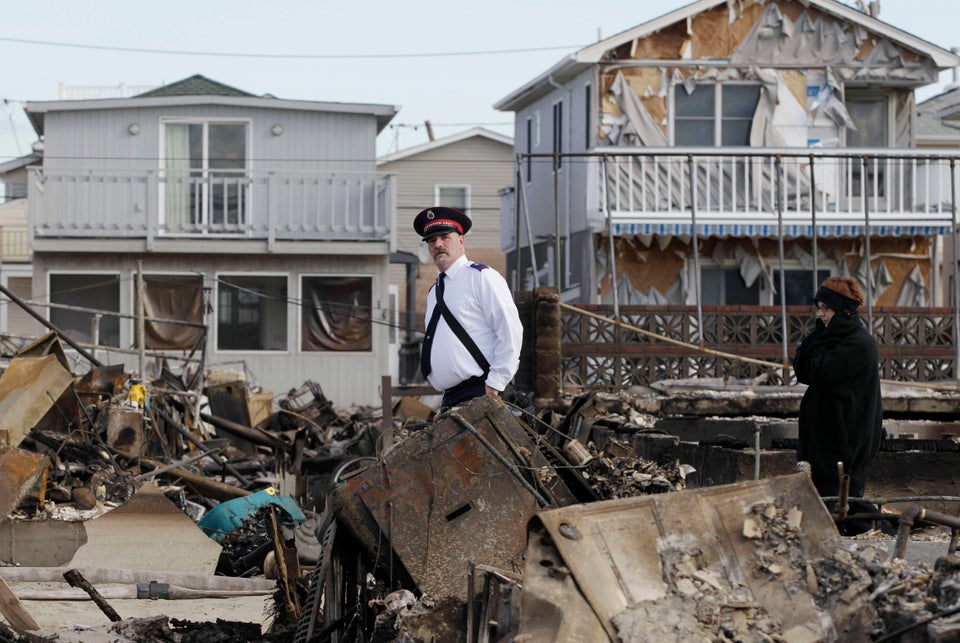
Financial markets around the world aren't reacting much to the disaster in New York on Tuesday morning, either confident that the long-term economic impact will be negligible -- or because of pure shock.
Either way, investors are anxious for things to get back to normal, with several key trading moments approaching rapidly: The end of the month on Wednesday, the October jobs report due this Friday and the upcoming election next Tuesday.
U.S. stock trading is closed again for the second straight day Tuesday in the first such weather-related shutdown since 1888. Stock market futures are trading in a shortened session, however, and were recently flat. U.S. bond markets are closed today, after trading for about half a day on Monday.
European stocks were sharply higher at last check, with the Stoxx 50 index up a full percentage point and the U.K.'s FTSE and Germany's DAX indices each up 0.8 percent. Italy managed to sell bonds Tuesday morning at the lowest interest rates in more than a year. Commodities are trading electronically, with gold up a smidgen to $1713 an ounce and Nymex crude-oil futures up a bit to about $86 a barrel.
Asian markets were mixed, with Japan's Nikkei stock index down nearly a full percentage point after the Bank Of Japan slashed its forecast for economic growth, but the S&P/ASX 200 index up slightly.
Had a two-day shutdown of U.S. trading happened 10 years ago, global markets would have been adrift, if not panicked. But since the dawn of the debt crisis in Europe almost three years ago, Europe has often replaced the U.S. as the global market driver.
Still, things could get ugly if U.S. trading doesn't come back up soon. The New York Stock Exchange is going to test out a new contingency plan for trading today, the Wall Street Journal reports, in hopes of getting the market moving again tomorrow. If that plan doesn't work, it will be interesting to see just how calm financial markets remain.
The storm has at the very least exposed how unprepared the U.S. financial system is for disasters of this magnitude. While Wall Street can hope this kind of thing won't happen again for another 100 years, climate change could well defy our hopes, and it's long past time to prepare for a repeat.
